Hi all,
I orginally posted this to the GTD connect forums, but I thought it might be usefull in the public forum.
I just wanted to share my lost-cost low/mid-tech system; using a filofax for GTD.
I've returned to study at Univeristy, and since I no-longer have a full-time income, I need to keep costs under contro as much as possiblel. I was drawn to a A5 filofax-based solution.
I found myself a very-cheap faux-leather A5 filofax for £15 in a sale, 2009 academic diary (sep-aug), dividers and assorted other things included.
All I needed was a large number of blank pieces of A5 paper, with the correct configuration of holes drilled in. The cheapest 'offical' pages, however, are £2.50
(about $4) for 25 sheets. Since I was expecting to use plenty of these, I realised having to ration my sheets for cost reasons would not make an ideal system. I had to find a way round this then.
What I found was I could buy a ream of A5 paper for £3 from the local office supply store, and punch the holes myself.
There is available for about £5 a plastic punch which fits inside your binder and which punches a single sheet of paper. I wasnt about to do this 500 times (beside which, the hole is more teared than punch, not a clean hole) so I obtained a single hole punch of type used by train conductors for punching tickets. It was advertised as being able to punch upto 5 sheets at a time, but I found I could punch exactly 12 at a time, cleanly.
(Picture 1 shows the plastic tool)
What I did then, was to divided my ream into packets of 12. I then punched a single-sheet of thin card with the tool from filofax, and then overlay this ontop of a packet. I then griped the packet with the single punch and slid the punch until it 'caught' in one of the holes in the card, and then punched.
(Picture 2)
Picture 3 shows the final result inside the filofax, showing my Someday/Maybe list and the back of my projects list. (NB: i've since noted that I wrote 'Learn Python' on the wrong list, there.)
I did this for about an hour while listening to one of the GTD webinars, and at the end I had 500 ready-to-use pages for a total cost of about 4.50 dollars and some cheap, reusable tools. I also made another divider from a piece of card, using the same method (Picture 4)
I also have included a picture of my cheap and nasty reference filling system for anyone intrested (Picture 5). Its a simple A-Z (I have larger project files tooked behind the letter the label starts with; ie: I have a file called 'Navy discharge papers' behind, not in, the 'N' file, which has stuff which didn't deserve its own file). It consists of foolscap square-cut folders in a box just a little bigger in size, mean I can flip through, and reach straight the back. The peice of blue card separates my in-use files from the empty ones, and the red folders are document wallets I use to take active project files out with me.
The total result of all my cost-cutting means I can spluge on DA co products (starting with my own, personal copy of the GTD book! I've been renewing a library copy over and over again at this time).
I hope someone else finds this useful, even those who can afford nice tools might some use out of this, particulary if Davids warning about 'executive' tools being less useful than they otherwise would be is true. Any suggestions for changes or improvements are also welcome!
Kind Regards, and sorry for the length!
Shaun Lewis.
Attached files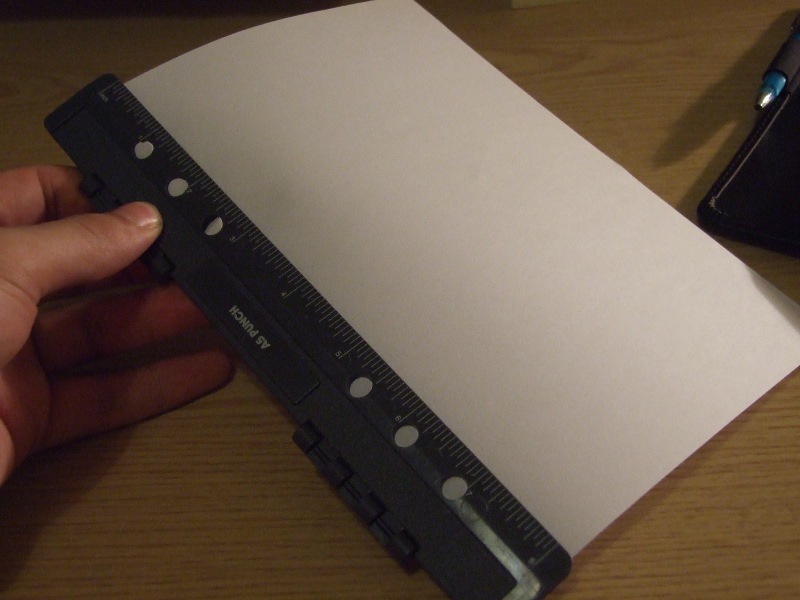
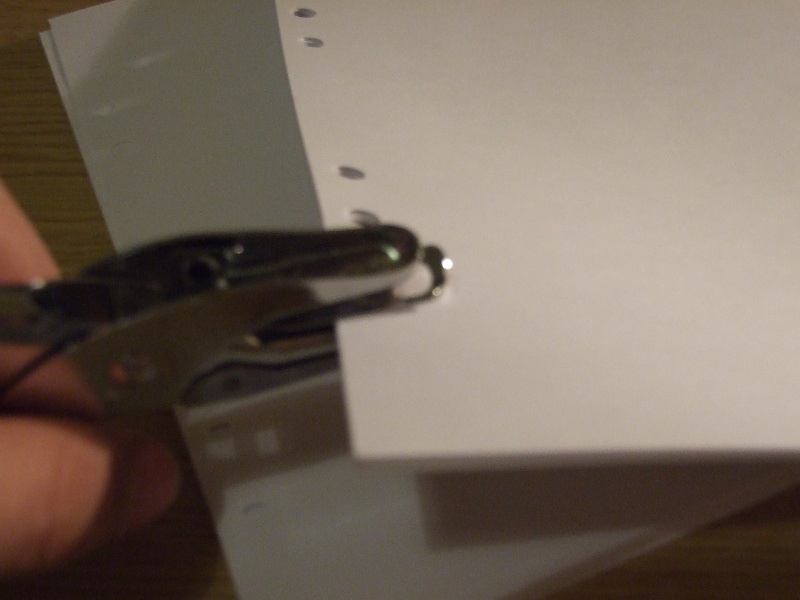
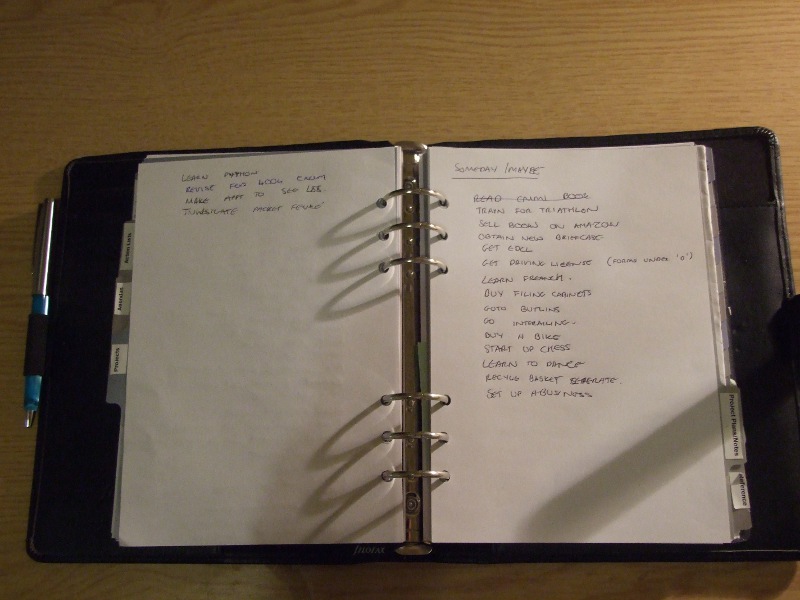
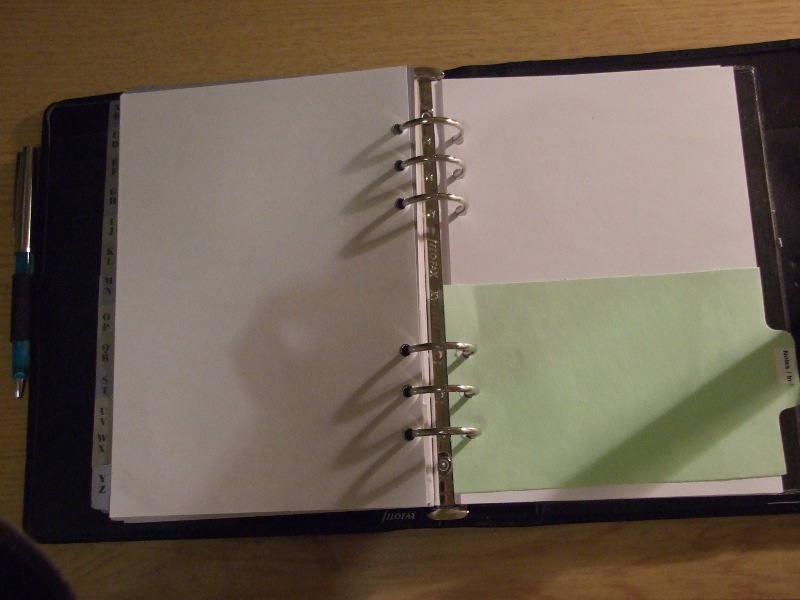
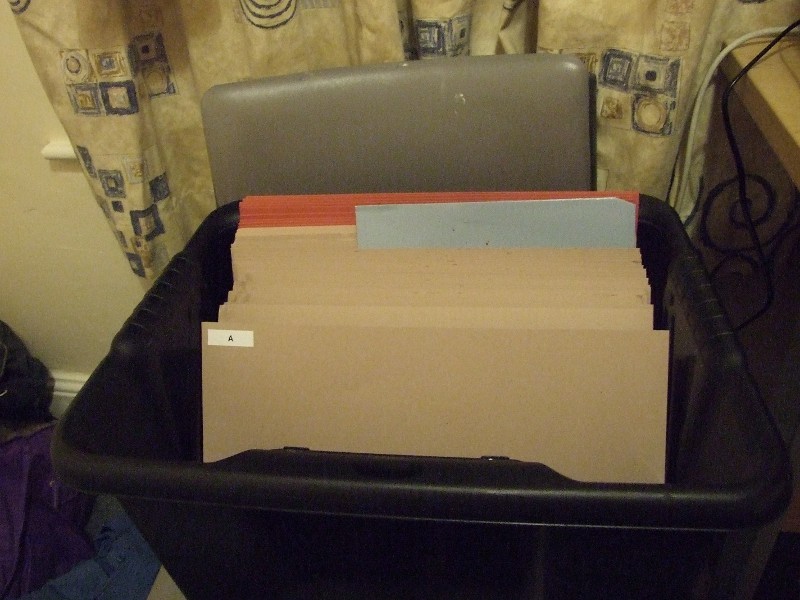
I orginally posted this to the GTD connect forums, but I thought it might be usefull in the public forum.
I just wanted to share my lost-cost low/mid-tech system; using a filofax for GTD.
I've returned to study at Univeristy, and since I no-longer have a full-time income, I need to keep costs under contro as much as possiblel. I was drawn to a A5 filofax-based solution.
I found myself a very-cheap faux-leather A5 filofax for £15 in a sale, 2009 academic diary (sep-aug), dividers and assorted other things included.
All I needed was a large number of blank pieces of A5 paper, with the correct configuration of holes drilled in. The cheapest 'offical' pages, however, are £2.50
(about $4) for 25 sheets. Since I was expecting to use plenty of these, I realised having to ration my sheets for cost reasons would not make an ideal system. I had to find a way round this then.
What I found was I could buy a ream of A5 paper for £3 from the local office supply store, and punch the holes myself.
There is available for about £5 a plastic punch which fits inside your binder and which punches a single sheet of paper. I wasnt about to do this 500 times (beside which, the hole is more teared than punch, not a clean hole) so I obtained a single hole punch of type used by train conductors for punching tickets. It was advertised as being able to punch upto 5 sheets at a time, but I found I could punch exactly 12 at a time, cleanly.
(Picture 1 shows the plastic tool)
What I did then, was to divided my ream into packets of 12. I then punched a single-sheet of thin card with the tool from filofax, and then overlay this ontop of a packet. I then griped the packet with the single punch and slid the punch until it 'caught' in one of the holes in the card, and then punched.
(Picture 2)
Picture 3 shows the final result inside the filofax, showing my Someday/Maybe list and the back of my projects list. (NB: i've since noted that I wrote 'Learn Python' on the wrong list, there.)
I did this for about an hour while listening to one of the GTD webinars, and at the end I had 500 ready-to-use pages for a total cost of about 4.50 dollars and some cheap, reusable tools. I also made another divider from a piece of card, using the same method (Picture 4)
I also have included a picture of my cheap and nasty reference filling system for anyone intrested (Picture 5). Its a simple A-Z (I have larger project files tooked behind the letter the label starts with; ie: I have a file called 'Navy discharge papers' behind, not in, the 'N' file, which has stuff which didn't deserve its own file). It consists of foolscap square-cut folders in a box just a little bigger in size, mean I can flip through, and reach straight the back. The peice of blue card separates my in-use files from the empty ones, and the red folders are document wallets I use to take active project files out with me.
The total result of all my cost-cutting means I can spluge on DA co products (starting with my own, personal copy of the GTD book! I've been renewing a library copy over and over again at this time).
I hope someone else finds this useful, even those who can afford nice tools might some use out of this, particulary if Davids warning about 'executive' tools being less useful than they otherwise would be is true. Any suggestions for changes or improvements are also welcome!
Kind Regards, and sorry for the length!
Shaun Lewis.
Attached files





